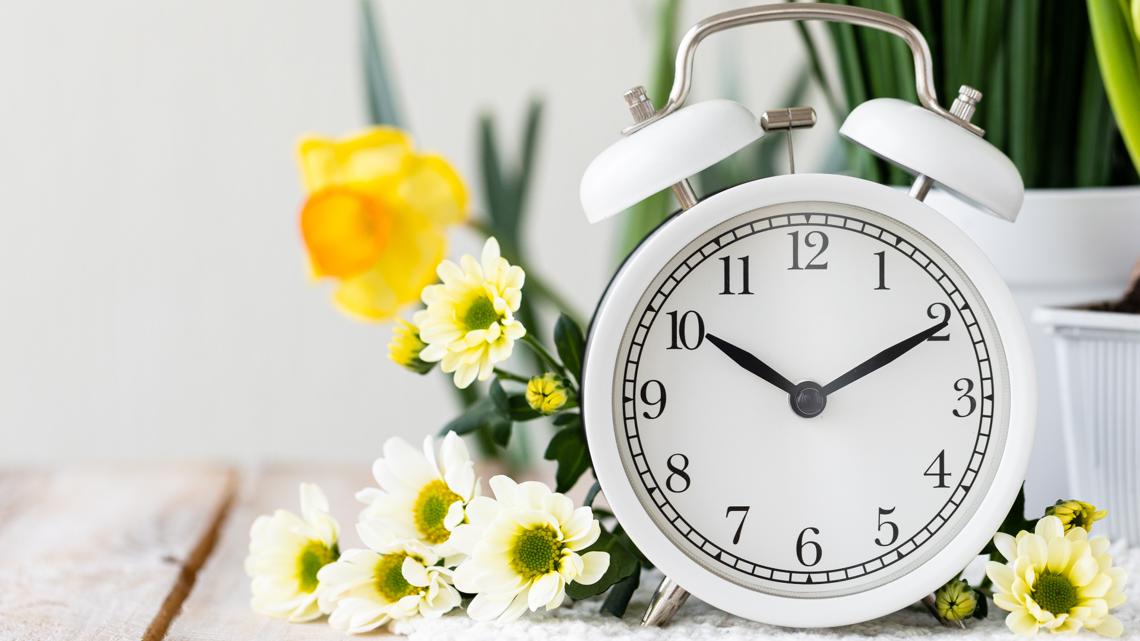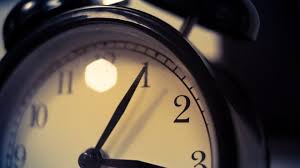As the calendar inches closer to the spring equinox, many Americans are gearing up for the annual ritual of losing an hour of sleep with the advent of daylight saving time. This shift in timekeeping signifies the onset of longer daylight hours and highlights a longstanding practice that has been a subject of much debate and deliberation.
Daylight saving time, a system where clocks are set ahead by one hour between March and November, is a tradition that has been in place since its adoption in 1918. Over the years, however, discontent with this biannual time adjustment has grown among the populace. Various lawmakers, both at the state and federal levels, have made attempts to either make daylight saving time permanent or to abolish it altogether.
In 2022, the U.S. Senate unanimously passed the Sunshine Protection Act, a bill aimed at establishing daylight saving time as a permanent fixture. Despite this milestone, the bill did not advance through the U.S. House of Representatives, and former President Joe Biden did not sign it into law. Preceding his tenure in office, President Donald Trump had also voiced his intention to eradicate daylight saving time, advocating for the adoption of standard time year-round.
The contentious nature of daylight saving time extends beyond legislative chambers and into historical narratives. Contrary to popular belief, farmers were initially opposed to the implementation of daylight saving time in 1919, citing disruptions to their routines and productivity. This opposition prompted the nationwide repeal of daylight saving time that year, although states and cities retained the authority to observe it independently until the Uniform Time Act standardized time zones in 1966.
In recent times, efforts to alter the landscape of timekeeping practices have gained momentum, especially in states such as Texas. Lawmakers in Texas have reintroduced legislation to halt the practice of changing clocks biannually. Some proposals seek to establish daylight saving time year-round, while others advocate for maintaining standard time throughout the year. The fervor for change stems from concerns over the health and safety implications of the time shifts, including potential links to increased traffic accidents and negative health impacts.
The national discourse on daylight saving time reflects a broader divergence of opinions among Americans. While some support making daylight saving time permanent for its perceived benefits, others favor retaining standard time to align with natural circadian rhythms. Health experts emphasize the importance of consistency in timekeeping to minimize disruptions to individuals' sleep patterns and overall well-being.
As the nation braces for the impending transition to daylight saving time on March 9, the debate over the future of timekeeping practices continues to unfold. While legislative initiatives and public sentiment shape the discourse around daylight saving time, the quest for a consensus on the optimal approach to timekeeping remains an ongoing saga in the chronicles of American culture and governance.



